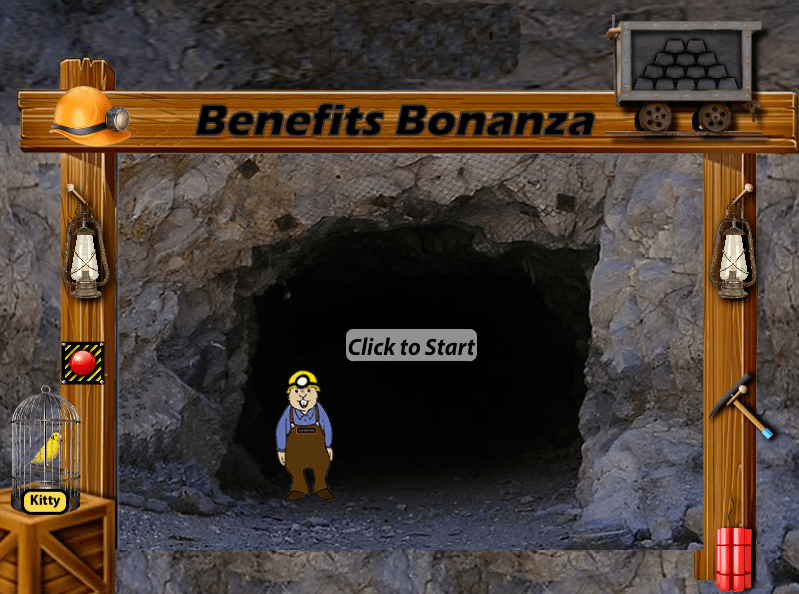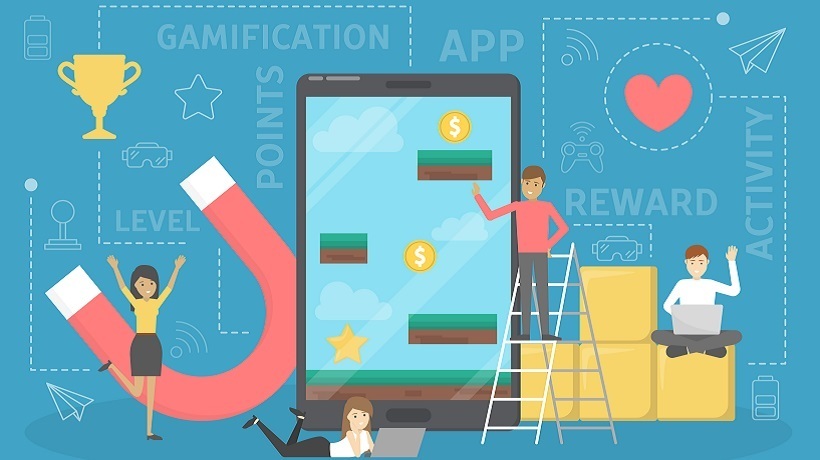Gamification Equals Engagement And Innovation
 The first example is an onboarding program that we at Apex created for an international mining company, who approached us after an Association of Talent and Development (ATD) presentation we gave on gamification and its applications. They explained to us that their onboarding program needed to be invigorated, updated and be more engaging. They also felt there was so much information provided to the employee during the first week of orientation that the employee was overwhelmed. And even though the material was being presented (instructor-led) really well, it wasn’t very interactive.
The first example is an onboarding program that we at Apex created for an international mining company, who approached us after an Association of Talent and Development (ATD) presentation we gave on gamification and its applications. They explained to us that their onboarding program needed to be invigorated, updated and be more engaging. They also felt there was so much information provided to the employee during the first week of orientation that the employee was overwhelmed. And even though the material was being presented (instructor-led) really well, it wasn’t very interactive.
We reviewed and analyzed all of their onboarding information and came up with a couple of different solutions. There was some information that was so critical and needed signatures that it had to remain instructor-led. But we found other information that could be broken into smaller, more manageable eLearning nuggets. We suggested creating an immersive online training that led the user through several challenges and “infomercials” which provided all of the necessary onboarding information in a fun, very interactive and engaging module. The module takes approximately 12 minutes to complete compared to the earlier 4 hour onboarding session.
 The second example is a training program Apex created for its employees in our desired to get many of them PMI-PMP/CAPM certified. To show that there is a place for gamification in certification programs, we gamified our approach. First, we reviewed all of the information and requirements for the exam. Then a schedule was created with all of the chapters, quizzes and tests. A point/reward system was created with weekly and monthly winners and an overall champion with the most points at the end of the class. As the players progressed through the course they achieved new rankings and badges for points and challenges they completed. The process was then explained to everyone who wanted to get certified and they enrolled in the game. Our “Road to Certification” class met twice a week, and we had 24 “players”.
The second example is a training program Apex created for its employees in our desired to get many of them PMI-PMP/CAPM certified. To show that there is a place for gamification in certification programs, we gamified our approach. First, we reviewed all of the information and requirements for the exam. Then a schedule was created with all of the chapters, quizzes and tests. A point/reward system was created with weekly and monthly winners and an overall champion with the most points at the end of the class. As the players progressed through the course they achieved new rankings and badges for points and challenges they completed. The process was then explained to everyone who wanted to get certified and they enrolled in the game. Our “Road to Certification” class met twice a week, and we had 24 “players”.
The two study sessions were broken into two different categories. The first was lecture/discussion and introduced more difficult study material concepts and the second was a review. During the review sessions, we played “Jeopardy”, “Minute-to-Win It”, and “Amazing Race” style challenges that not only reviewed the material but also enhanced team work, communication and some great problem solving skills. Each day the players would also receive emails with challenges that were knowledge based and some that involved self-reflection and some even asked for them to meet with another player to study or quiz each other.
The results of our first class were pretty impressive and we’ve continued to refine and improve it over time. We have completed two more courses since then and we have a 97% pass rate for all students who have completed the course.
If you would like to see or hear more about our eLearning solutions, gamification, or our certification course, please feel free to contact us because we love to talk about these topics!









